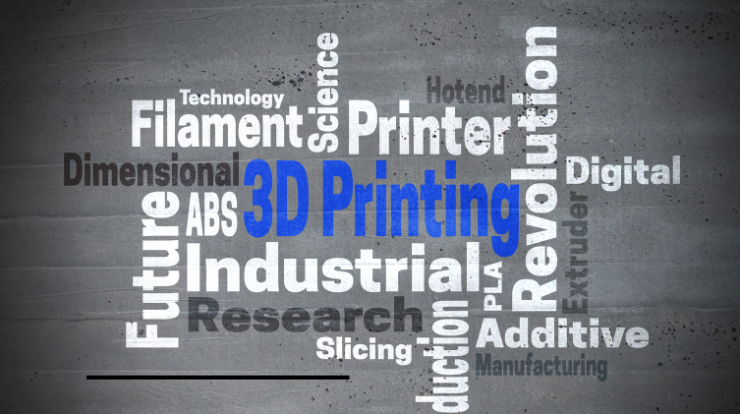The intersection of 3D printing technology and the gaming industry in Dubai holds immense promise for innovation and growth.
However, like any burgeoning field, it comes with its own set of challenges. Let’s explore some of the main hurdles faced by 3D printing companies specializing in gaming accessories in Dubai and how they navigate these obstacles to thrive in this dynamic landscape.
1. Technological Constraints and Limitations
While 3D printing Dubai has made significant strides in recent years, it still faces technological constraints that impact the production of gaming accessories. Limited printing speeds, material options, and resolution capabilities can pose challenges in achieving the desired level of detail, quality, and performance.
Additionally, the size limitations of 3D printers may restrict the types of accessories that can be produced, especially for larger gaming peripherals such as steering wheels or arcade cabinets.
2. Material Selection and Performance
Choosing the right materials for gaming accessories is critical to ensuring durability, functionality, and user experience. However, the range of materials suitable for 3D printing may be limited in Dubai, particularly those with the required mechanical properties, surface finishes, and color options.
Balancing aesthetics with performance can be challenging, especially when catering to diverse consumer preferences and gaming environments. Moreover, ensuring consistency and reliability in material quality remains an ongoing concern for 3D printing companies.
3. Cost Considerations and Economic Viability
While 3D printing offers benefits such as reduced setup costs and rapid prototyping, it can still be a costly endeavor, especially for small-scale production runs of gaming accessories. Factors such as material costs, equipment maintenance, and labor expenses can add up, making it challenging to compete with traditional manufacturing methods on a cost basis.
Additionally, pricing products competitively while maintaining profitability poses a delicate balancing act for 3D printing companies, particularly in a market as dynamic and price-sensitive as gaming.
4. Intellectual Property and Design Protection
Protecting intellectual property (IP) and design assets is paramount in the gaming industry, where innovation drives competitive advantage. However, the digital nature of 3D printing introduces unique challenges related to IP infringement, unauthorized copying, and design piracy.
Ensuring robust IP protection mechanisms, implementing secure file transfer protocols, and establishing legal safeguards are essential for safeguarding the interests of 3D printing companies and their partners in Dubai’s gaming ecosystem.
5. Regulatory Compliance and Standards
Navigating regulatory frameworks and compliance requirements can be complex, particularly in a rapidly evolving field like 3D printing.
In Dubai, ensuring adherence to local regulations, safety standards, and quality certifications is crucial for gaining market acceptance and consumer trust. Additionally, the lack of standardized testing protocols and certification processes specific to 3D-printed gaming accessories may pose challenges in establishing product credibility and reliability.
6. Talent Acquisition and Skills Development
Harnessing the full potential of 3D printing technology requires a skilled workforce proficient in digital design, engineering, and additive manufacturing techniques. However, recruiting and retaining talent with specialized skills and expertise can be a challenge in Dubai’s competitive labor market.
Investing in training programs, upskilling initiatives, and collaboration with educational institutions can help address skill gaps and cultivate a talent pipeline capable of driving innovation in 3D printing for gaming accessories.
7. Market Competition and Differentiation
As the popularity of 3D printing grows and barriers to entry diminish, the market for gaming accessories becomes increasingly crowded and competitive.
Distinguishing oneself from competitors, establishing a unique value proposition, and building brand recognition are essential for success. 3D printing companies must continuously innovate, differentiate their offerings, and stay attuned to emerging trends and consumer preferences to maintain a competitive edge in Dubai’s gaming market.
Conclusion
While 3D printing companies specializing in gaming accessories in Dubai face a myriad of challenges, they also possess the resilience, creativity, and ingenuity to overcome them.
By embracing technological advancements, forging strategic partnerships, and fostering a culture of innovation, these companies can navigate the complexities of the market, seize opportunities for growth, and contribute to the vibrant gaming ecosystem in Dubai and beyond.
